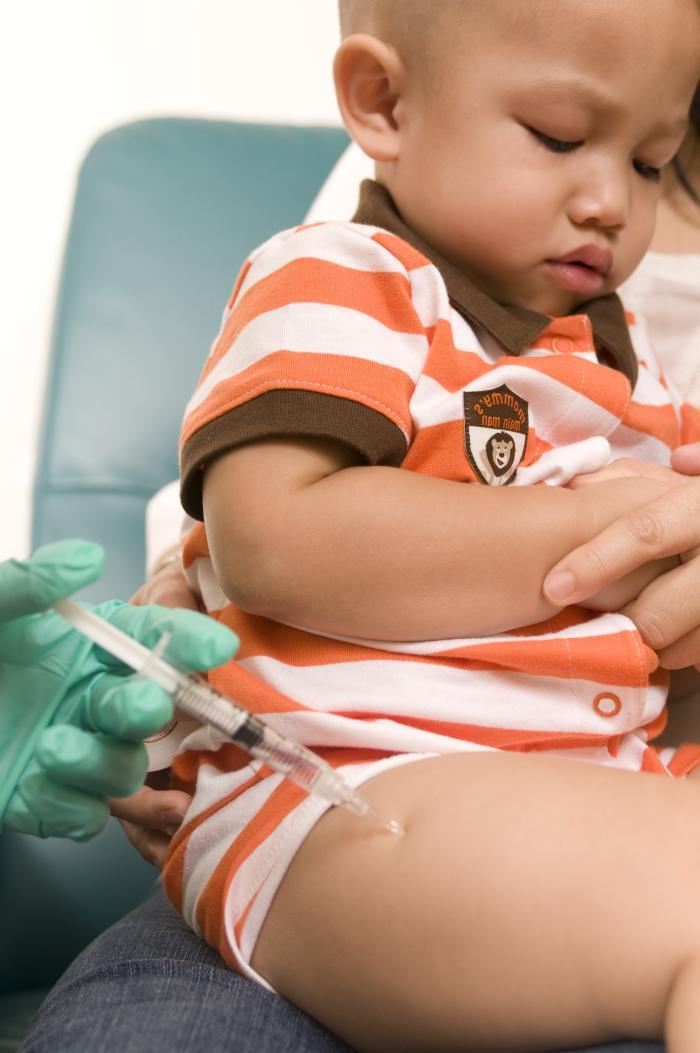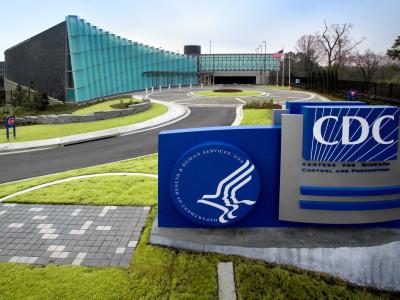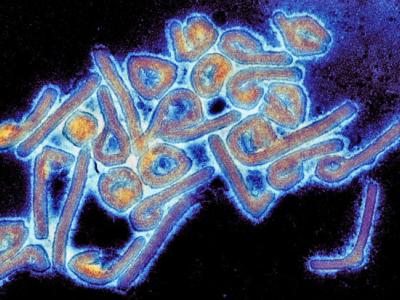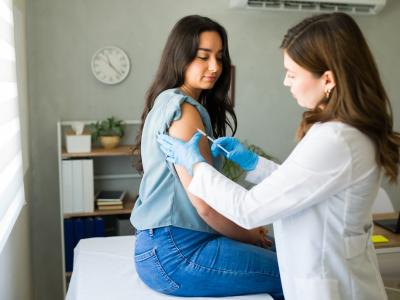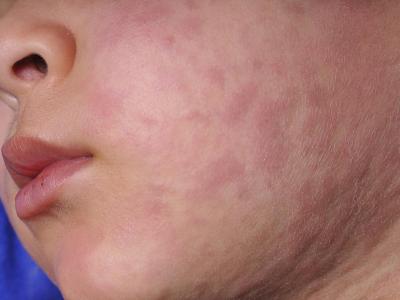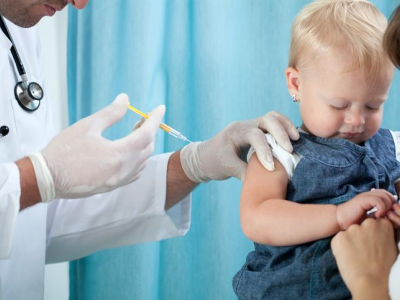
A new study published in BMC Cardiovascular Disorders shows that pediatric and young adult COVID-19 patients are more at risk for cardiac complications than flu or RSV patients of the same age.
The study was based on hospitalized US patients from 2020 through 2021 tracked through the National Inpatient Sample. In total 212,655 respiratory virus admissions were recorded, including 85,055 from COVID-19, 103,185 from RSV, and 24,415 from influenza.
The median age of children hospitalized with COVID-19 was 15 years, with influenza it was 4 years, and with RSV it was under 1 year.
No significant difference with sudden cardiac arrest
A total of 740 patients with COVID-19 also experienced myocarditis, compared to 55 patients who had flu and 65 with RSV. The odds of myocarditis were 61% lower in influenza (adjusted odds ratio [aOR] 0.39), and 85% lower in RSV (aOR 0.15) compared to COVID-19.
Looking at bradyarrhythmias, compared to COVID-19, the odds were 49% lower in RSV but not statistically significant different with flu.
Tachyarrhythmias, sudden cardiac arrest, and in-hospital mortality showed no differences after adjusting for covariates.
"Tachyarrhythmias, sudden cardiac arrest, and in-hospital mortality showed no differences after adjusting for covariates," the authors said.
Because of the increased risk of cardiovascular complications, the authors "recommend measures to prevent COVID-19 infection and to anticipate and promptly manage these cardiovascular complications in risk-prone children especially those with underlying comorbid conditions to prevent mortality."
